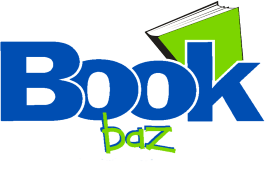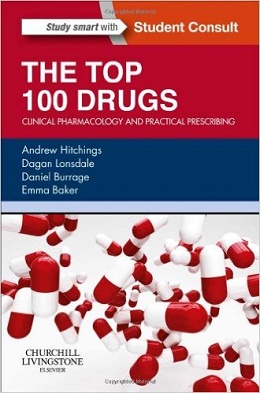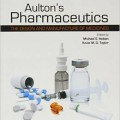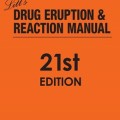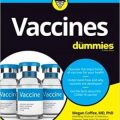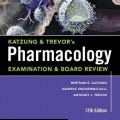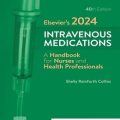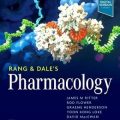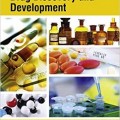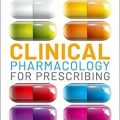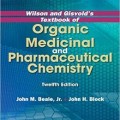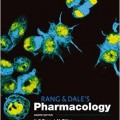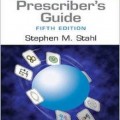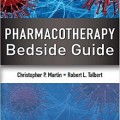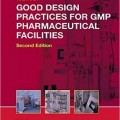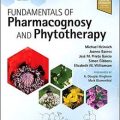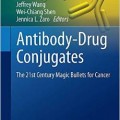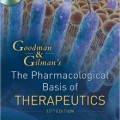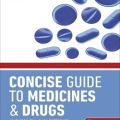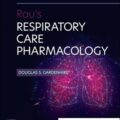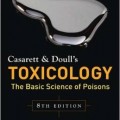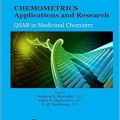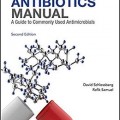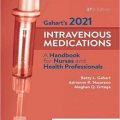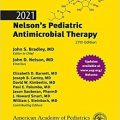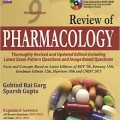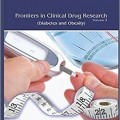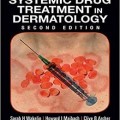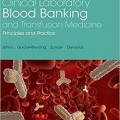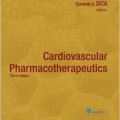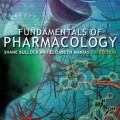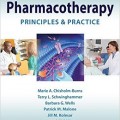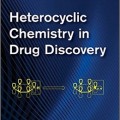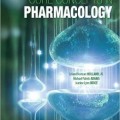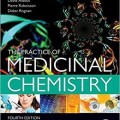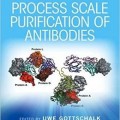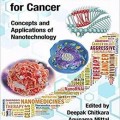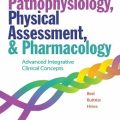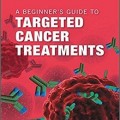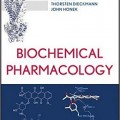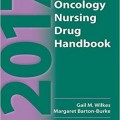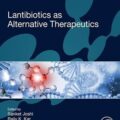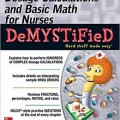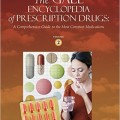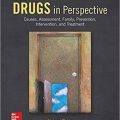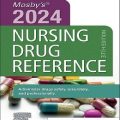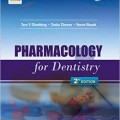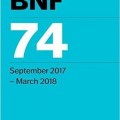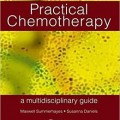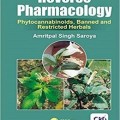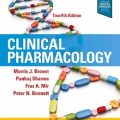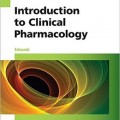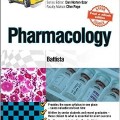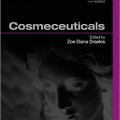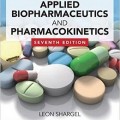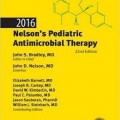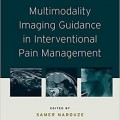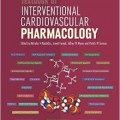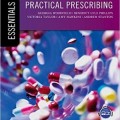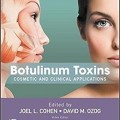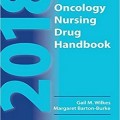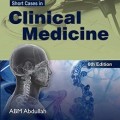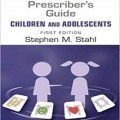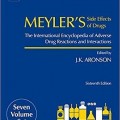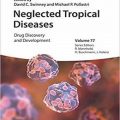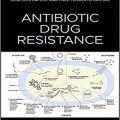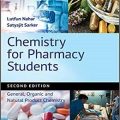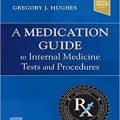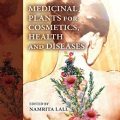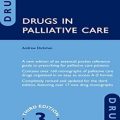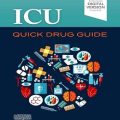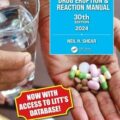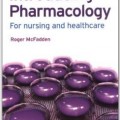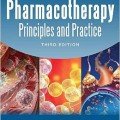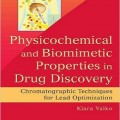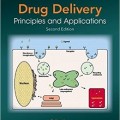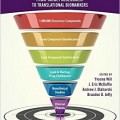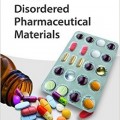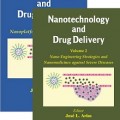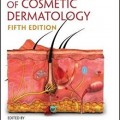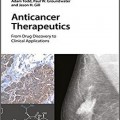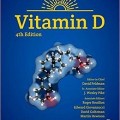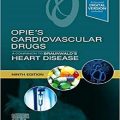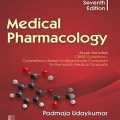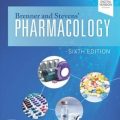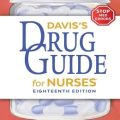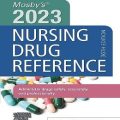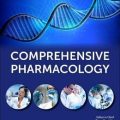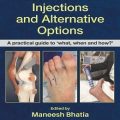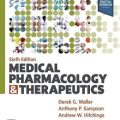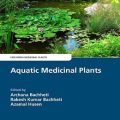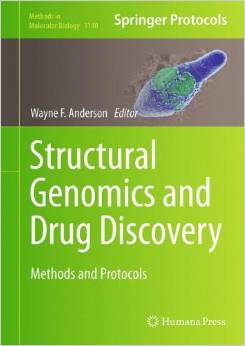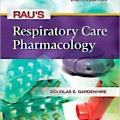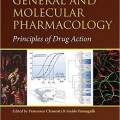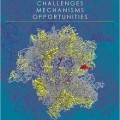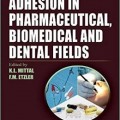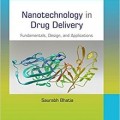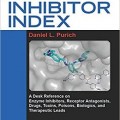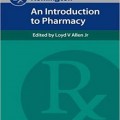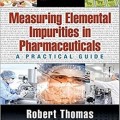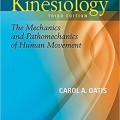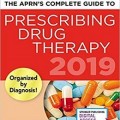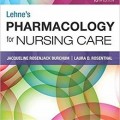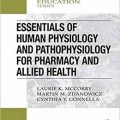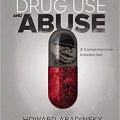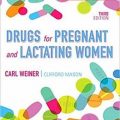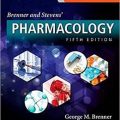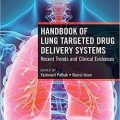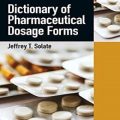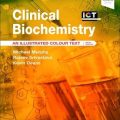دانلود کتاب ۱۰۰ داروی برتر: فارماکولوژی بالینی و تجویز عملی
The Top 100 Drugs: Clinical Pharmacology and Practical Prescribing, 1ed
Prescribing for the first time is a nerve-wracking experience. Of all the tasks performed by new doctors, it is probably the one with greatest direct impact on the wellbeing of patients. Safe and effective practice rests on a good understanding of both clinical pharmacology and practical prescribing. Acquiring this is not easy, particularly when faced with reams of information about hundreds of unfamiliar drugs, often presented in a way that appears detached from clinical reality.
This book is your starting point. It is a direct response to requests from students for a compendium of the 100 most important drugs in the NHS. Key information about the clinical pharmacology and practical prescribing of each drug is presented side-by-side, allowing you to direct your attention as appropriate for your stage of training. Drugs can be accessed alphabetically when you need quick information on the wards and by organ system or clinical indication when you are at your desk.
Research led by Professor Emma Baker has identified the ‘top 100 drugs’ by their importance and prescribing frequency. She has shown that the list changes little over time, making it a stable resource upon which to base learning.
“A great practical resource for those new to prescribing the text is aimed at those new to independent prescribing, and for that group I would consider The Top 100 Drugs to be an excellent publication” Reviewed by: Emma Watts on behalf of (journal) Pulse Date: April 2015
- The top 100 drugs and the five most important intravenous fluids are presented using a clear, consistent layout across double-page spreads.
- Drugs are arranged alphabetically and also listed by organ system and clinical indication, providing multiple pathways into the information.
- Clinical pharmacology is discussed under the headings: common indications; mechanisms of action; important adverse effects; warnings; and important interactions.
- Practical prescribing is discussed under the headings: prescription; administration; communication; monitoring; and cost.
- A clinical tip is presented for every drug.
- Single-best-answer questions are provided for self-assessment and to show how information from several drugs may be integrated.
Review
“The authors have used junior doctors’ experience to pick out the 100 most frequently-used drugs, and these are described (in alphabetical order) in a clear double page spread format. I read it with interest, and found the layout appealing and easy to refer to. The information given is a hybrid between pharmacology and practical prescribing.” Reviewed by: Dr Emma Watts, GP in Surrey, on behalf of (journal) Pulse Date: April 2015
About the Author
Professor Emma Baker (PhD FRCP) is a clinical academic with roles in research, teaching and clinical medicine. At St George’s, University of London she is the head of the Clinical Pharmacology Unit, lead for prescribing education and assessment and chair of the Drugs and Therapeutics Committee. Current external roles include respiratory specialty group lead, (London South Comprehensive Local Research Network) and executive editor of the British Journal of Clinical Pharmacology.
In research, she gained her PhD from Manchester University in 1996. She subsequently moved to St George’s and developed a research programme in epithelial transport and respiratory infection, with external funding from bodies including the Wellcome Trust and Medical Research Council. Her research has developed from early work in molecular biology to development and implementation of investigator-led clinical trials.
In teaching, she was awarded a National Teaching Fellowship of the Higher Education Academy in 2003 and has received a St George’s undergraduate teaching prize in eight different years. She has co-authored a respiratory text book (Case-based respiratory medicine) and is currently leading her clinical pharmacology trainees in writing two new prescribing textbooks for publication in 2014.
In clinical practice, she has a specialist interest in chronic obstructive pulmonary disease and runs an outpatient service for patients with airways disease. She shares the inpatient care of respiratory patients with four colleagues and is on the on call rota for acute medical intaking.
Contents
Acetylcysteine (N-acetylcysteine)
Activated charcoal
Adenosine
Adrenaline (epinephrine)
Aldosterone antagonists
Alginates and antacids
Allopurinol
Alpha-blockers
Aminoglycosides
Aminosalicylates
Amiodarone
Angiotensin-converting enzyme (ACE) inhibitors
Angiotensin receptor blockers
Antidepressants, selective serotonin re-uptake inhibitors
Antidepressants, tricyclics and related drugs
Antidepressants, venlafaxine and mirtazepine
Antiemetics, dopamine D2-receptor antagonists
Antiemetics, histamine H1-receptor antagonists
Antiemetics, phenothiazines
Antiemetics, serotonin 5-HT3-receptor antagonists
Antifungal drugs
Antihistamines (H1-receptor antagonists)
Antimotility drugs
Antimuscarinics, bronchodilators
Antimuscarinics, cardiovascular and gastrointestinal uses
Antimuscarinics, genitourinary uses
Antipsychotics, first-generation (typical)
Antipsychotics, second-generation (atypical)
Aspirin
Benzodiazepines
Beta2-agonists
Beta-blockers
Bisphosphonates
Calcium and vitamin D
Calcium channel blockers
Carbamazepine
Cephalosporins and carbapenems
Clopidogrel
Compound (ß۲-agonist-corticosteroid) inhalers
Corticosteroids (glucocorticoids), systemic
Corticosteroids, inhaled
Corticosteroids, topical
Digoxin
Dipyridamole
Diuretics, loop
Diuretics, potassium-sparing
Diuretics, thiazide and thiazide-like
Dopaminergic drugs for Parkinson’s disease
Emollients
Fibrinolytic drugs
Gabapentin and pregabalin
H2-receptor antagonists
Heparins and fondaparinux
Insulin
Iron
Laxatives, bulk forming
Laxatives, osmotic
Laxatives, stimulant
Lidocaine
Macrolides
Metformin
Methotrexate
Metronidazole
Naloxone
Nicorandil
Nicotine replacement and related drugs
Nitrates
Nitrofurantoin
Non-steroidal anti-inflammatory drugs
Ocular lubricants (artificial tears)
Oestrogens and progestogens
Opioids, compound preparations
Opioids, strong
Opioids, weak
Oxygen
Paracetamol
Penicillins
Penicillins, antipseudomonal
Penicillins, broad-spectrum
Penicillins, penicillinase-resistant
Phenytoin
Phosphodiesterase (type 5) inhibitors
Potassium, oral
Prostaglandin analogue eye drops
Proton pump inhibitors
Quinine
Quinolones
Statins
Sulphonylureas
Tetracyclines
Thiazolidinediones
Thyroid hormones
Trimethoprim
Vaccines
Valproate
Vancomycin
Vitamins
Warfarin
Z-drugs
۵a-reductase inhibitors
Fluids
Colloids (plasma substitutes)
Compound sodium lactate (Hartmann’s solution)
Glucose (dextrose)
Potassium, intravenous
Sodium chloride
Self-assessment and knowledge integration
۵۰ single best answer questions
Answers including explanatory texts
لینک کوتاه : https://bookbaz.ir/?p=17551
نویسنده : Andrew Hitchings BSc(Hons) MBBS , Dagan Lonsdale BSc
ناشر : Churchill Livingstone; 1 Pap/Psc edition
سال انتشار : 2015
زبان کتاب : انگلیسی
نوع فایل : PDF
تعداد صفحات : 275
(ISBN) شابک : 0702055166
قیمت کتاب درآمازون : $25.95
حجم فایل : 11 MB

